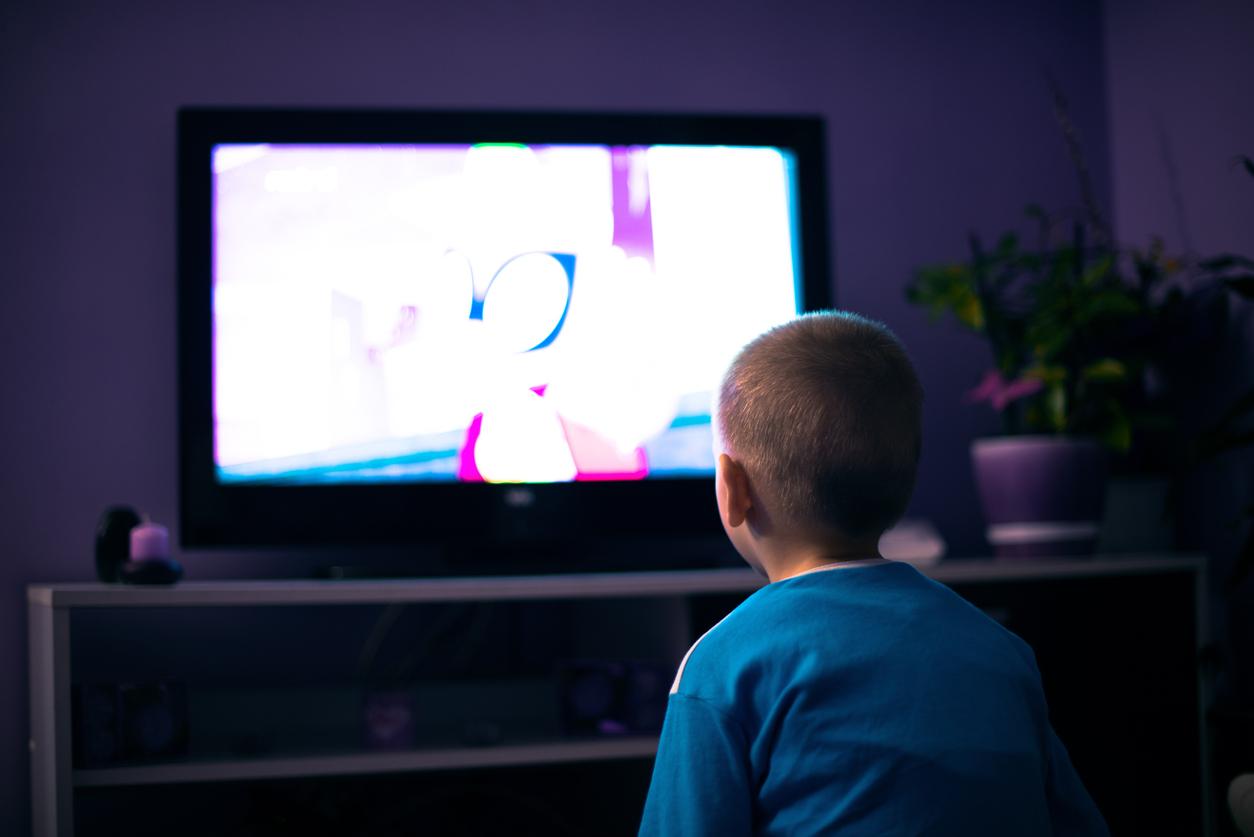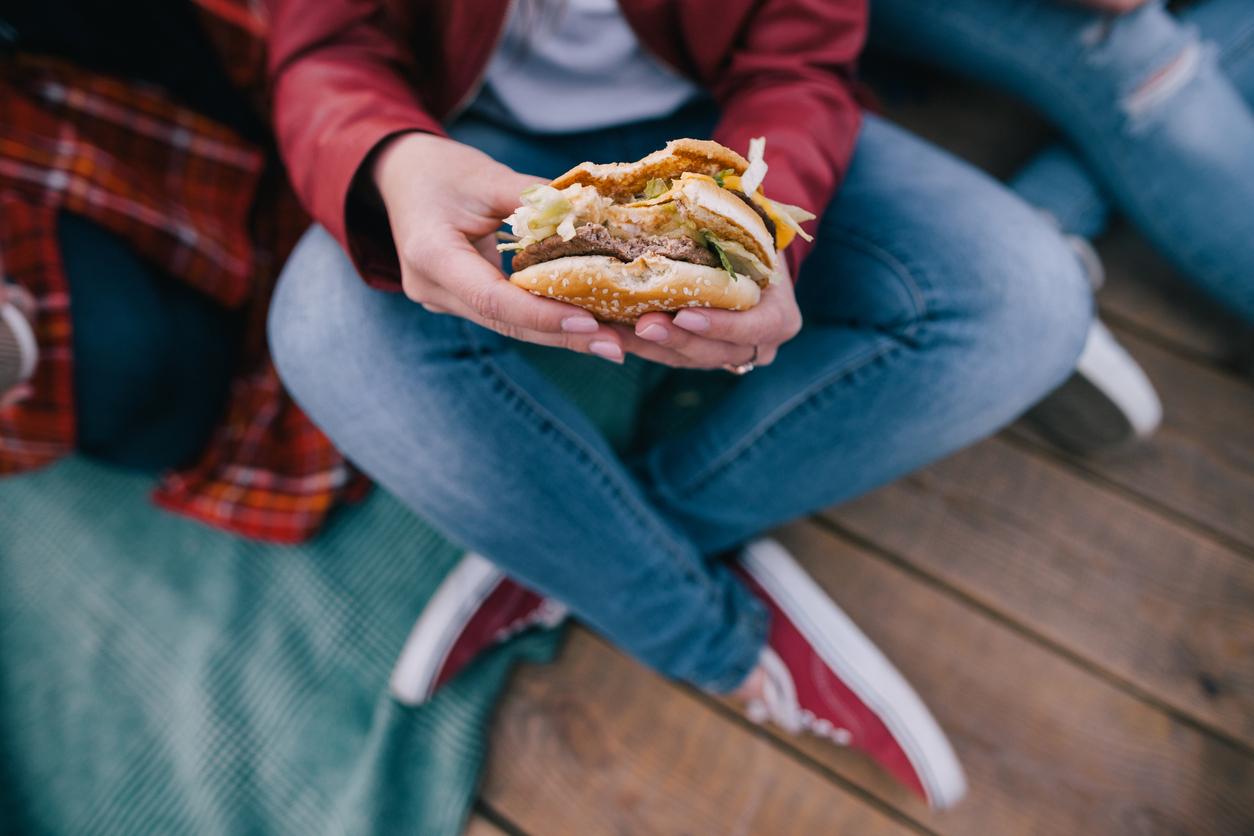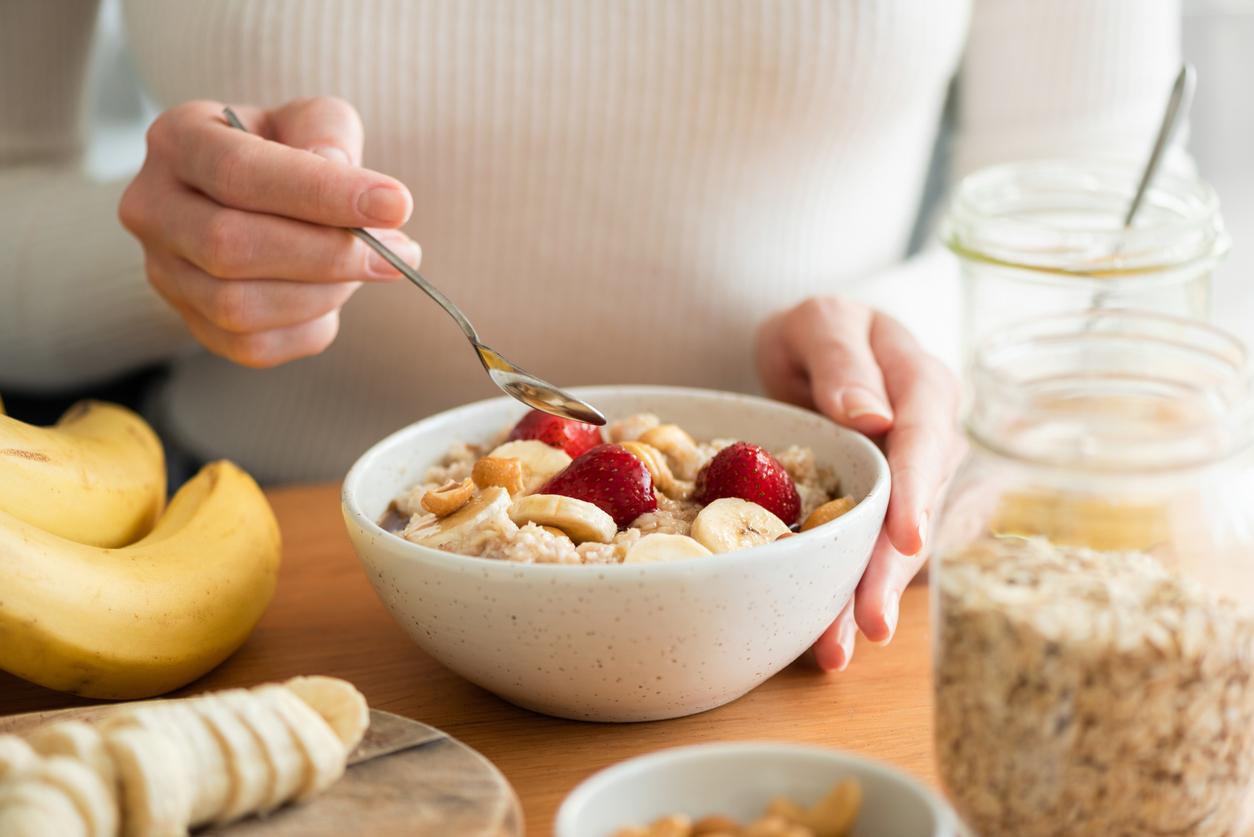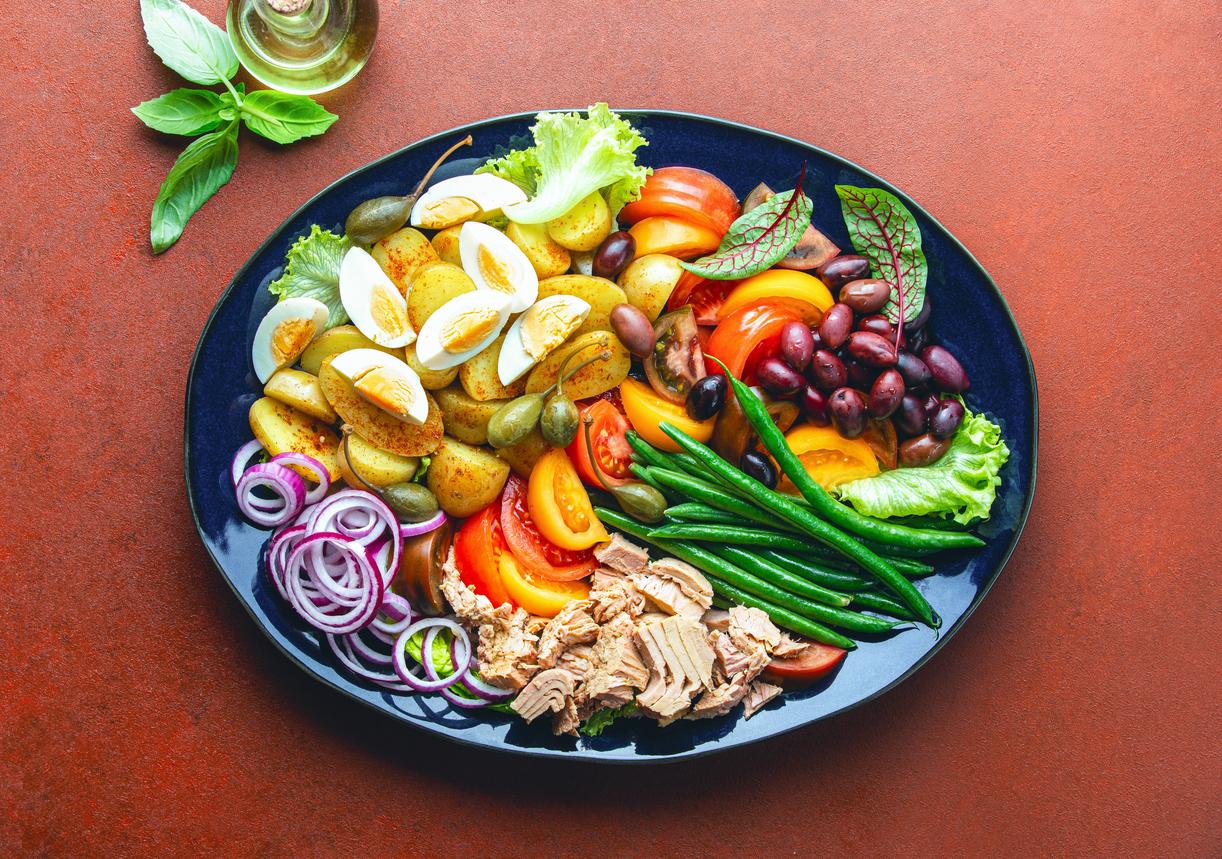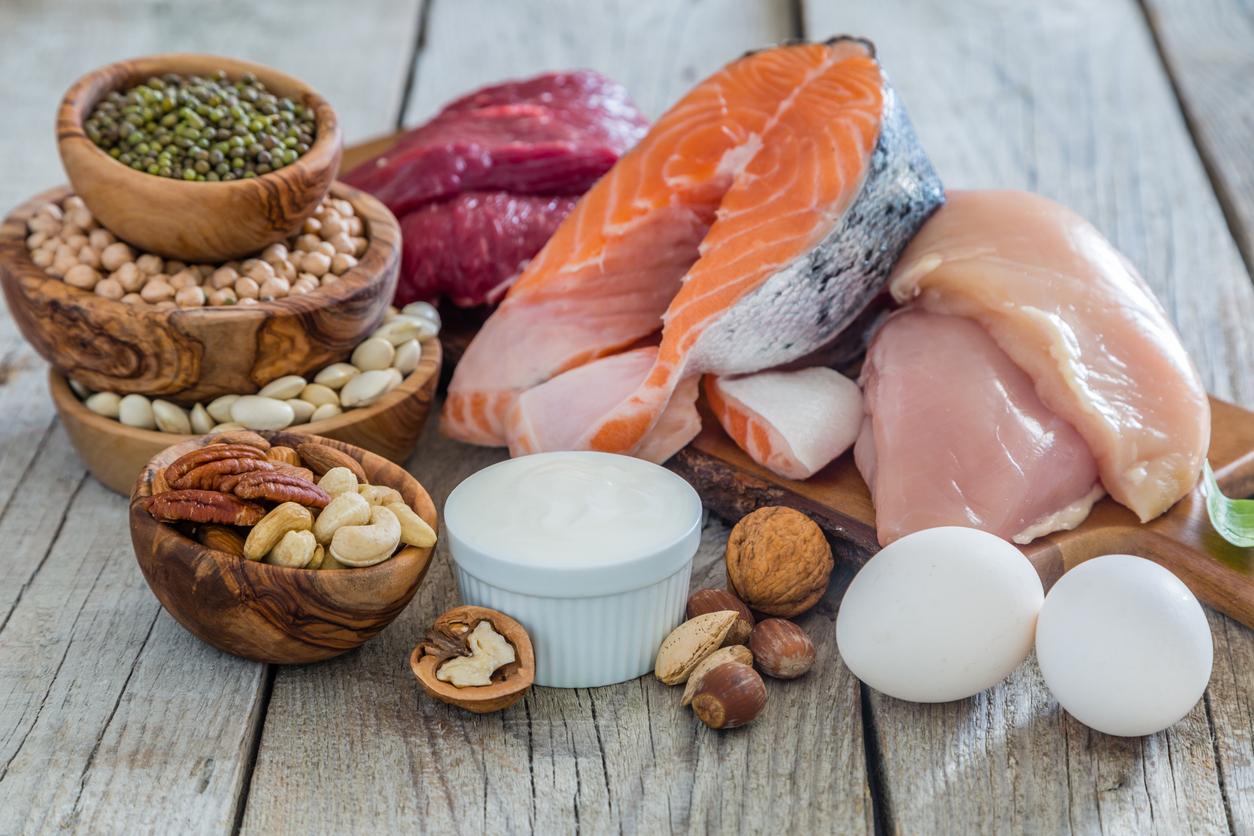Children who watch cooking programs extolling the merits of a balanced diet are more attracted to healthy products.

Are you tired of fighting with your child for every bite of peas? A new study might just help you solve your problem. According to a paper published in the Journal of Nutrition Education and Behaviorchildren who watch cooking shows are more likely to eat healthy foods.
To reach this conclusion, researchers from the University of Tilburg (Netherlands) followed a hundred children aged 10 to 12 and educated in five different establishments. They had them watch a ten-minute cooking TV program specially made for children. At the end of the session, they offered participants a “reward” snack.
They were able to find that children who had watched a program extolling the merits of healthy eating were 2.7 more likely to eat apples or cucumber pieces than to choose chips or pretzels, unlike those who had watched a program devoted to junk food.
“Provide nutrition education in schools”
“When the show is about healthy foods, it can stimulate healthier food choices, especially in children, who are likely to develop unhealthy attitudes and behaviors that show up in adulthood and adolescence” , believes Frans Folkvord, who conducted the study. he.
According to him, having carried out this test in a school setting reinforces the positive influence of educational programs on nutrition. “Providing school-based nutrition education can have an important positive influence on children’s knowledge, attitudes, skills and behaviors (…) positive role modeling from peers and teachers can encourage students to try new things. foods they have shown disgust for before,” he says.
And to conclude: “this work indicates that there is a need for future research to focus on the effectiveness of cooking programs in influencing long-term food choices, because these strategies contain an essential educational element”.
In France, 3.9% of children were obese in 2015
Obesity and overweight are on the rise throughout the world and constitute a real public health issue. In Europe, they are responsible for 14% of all-cause mortality. Indeed, they expose the people concerned to cardiovascular, joint and respiratory diseases and increase the risk of diabetes and certain cancers. According to studies, if a child is obese before puberty, he has a 20 to 50% risk of being obese in adulthood. The risk increases from 50 to 70% if he suffers from this disease after puberty.
And unfortunately, Europe and France has far too many children and adolescents concerned. In France, in 2015, 3.9% were obese and 17% overweight (including obesity). Girls being slightly more affected among boys (18% against 16%).
Not associating food with calories
Faced with this phenomenon, health authorities and professionals insist on the role of parents. “At home, the child can be encouraged to try a new dish if he sees his parent eating it. A food can be mixed with preparations to facilitate its acceptance: vegetables in a potato gratin, for example”, writes Sandra Ferreira ddietitian-nutritionist, specializing in pediatric obesity in a scientific article on the subject. The specialist also recalls that it is “essential not to force the child, at the risk of making him experience the meal not as a moment of pleasure but as a common punishment”.
“It is possible to find food equivalences: if the child does not like yogurt, petit-suisse, which has a thicker texture, can replace it. If he doesn’t like the tomato, let’s offer him carrots or change the shape to transform it into a coulis served on pasta”, is it suggested. She also stresses the importance of cooking and shopping with the child in order to give him a chance to take an interest in food on his own and to make him want to eat well.
Indeed, it is much more effective to make your child want to eat a balanced diet rather than forcing him to eat a balanced diet on the pretext that he is going to get fat. Because “dietary restrictions can, in the long term, cause a cognitive restriction in children, which consists of eating without taking into account the information that our body provides us through feelings of hunger and satiety.”

.








